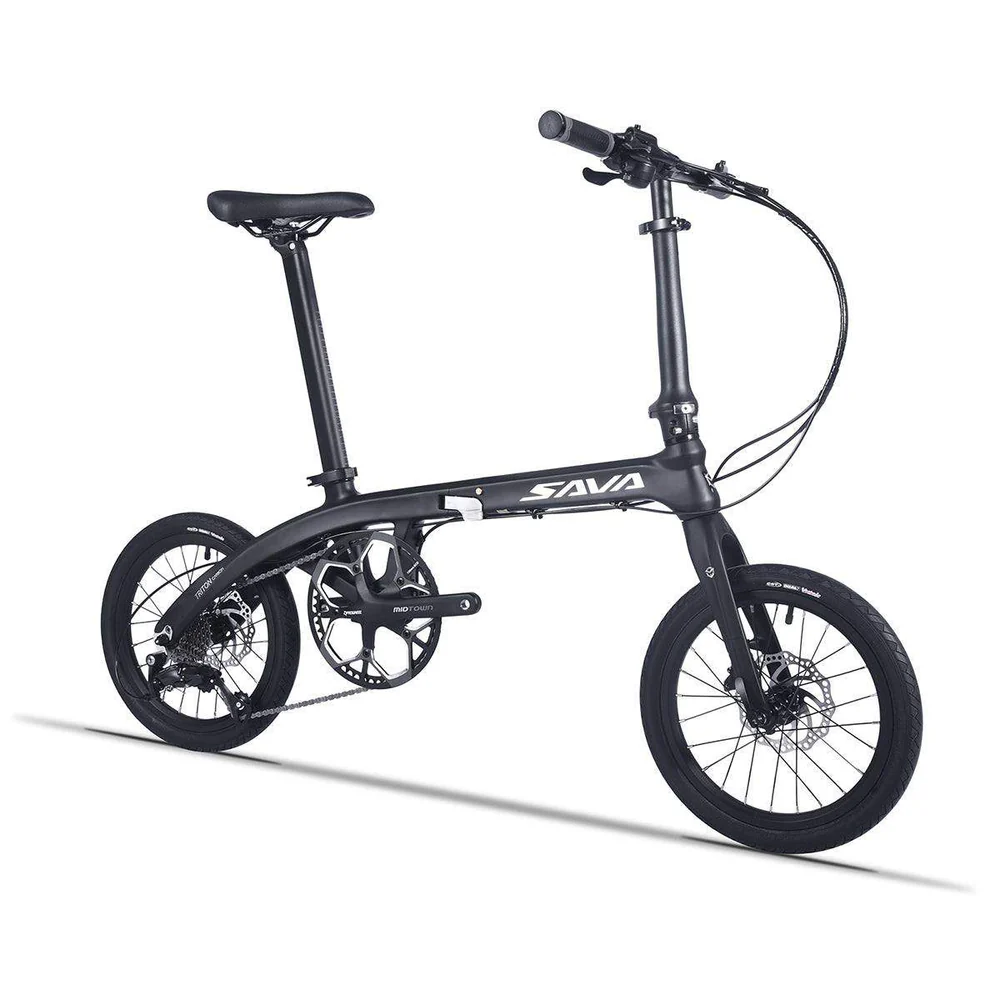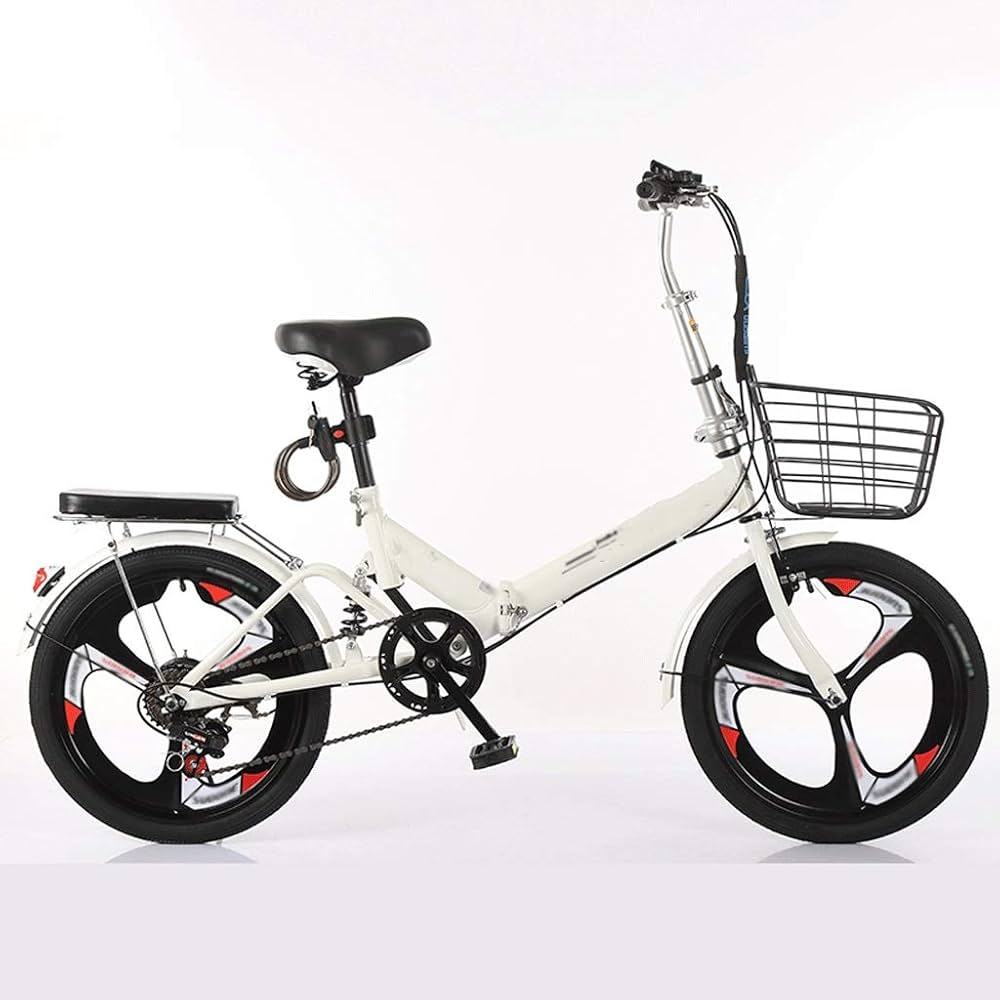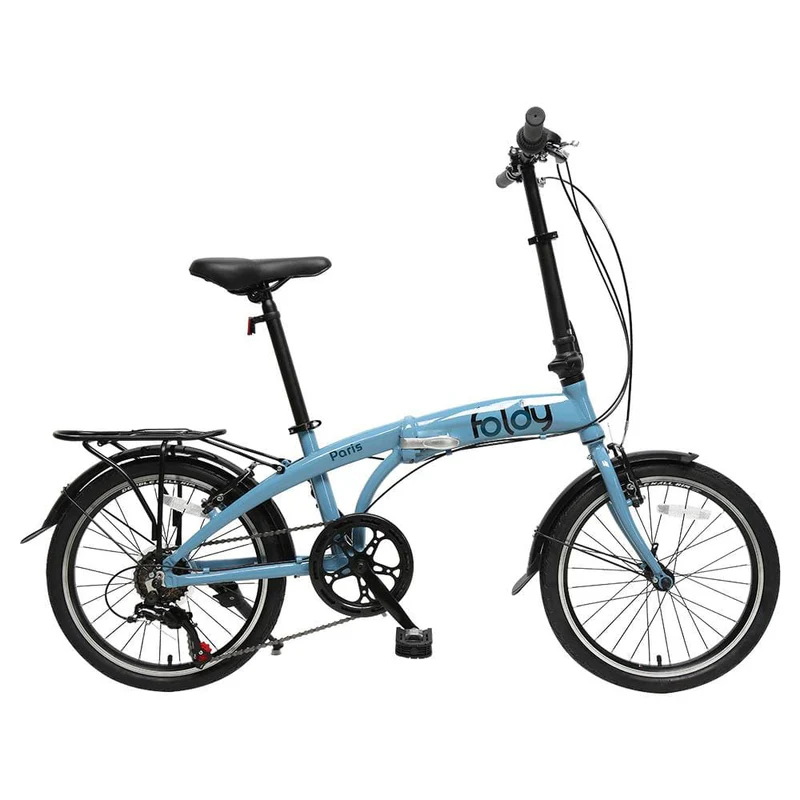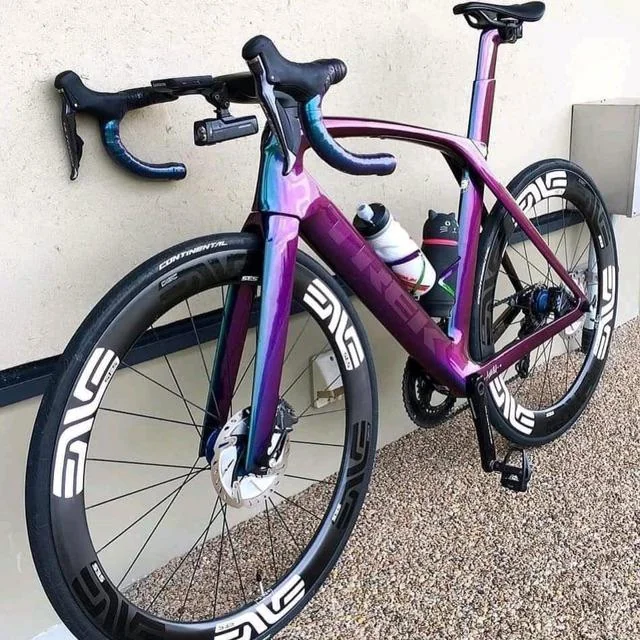I. Introduction

A. What is an 18-Inch Bicycle?
When we talk about an 18-inch bicycle, we are referring to the size of the bike’s wheels. The 18-inch wheel size is a popular choice for kids’ bicycles and BMX bikes, offering a balance between stability and maneuverability. These bikes are often the perfect stepping stone as children transition from smaller bicycles to full-sized ones. The 18-inch wheel size also exists in adult bikes, often in the form of foldable or compact city bikes.
B. Why Choose an 18-Inch Bicycle?
Choosing an 18-inch bicycle can be advantageous for several reasons. For kids, it provides a bike that is larger and more capable than smaller alternatives, yet not as intimidating and unwieldy as larger bikes. It strikes a balance between safety and fun, allowing children to gain confidence in their cycling abilities. For adults, 18-inch bicycles are often chosen for their compactness, making them convenient for urban commuting and storage.
II. Benefits of 18-Inch Bicycles
A. Versatility and Adaptability
One of the key advantages of 18-inch bicycles is their versatility. For kids, these bikes are often designed to handle various terrains, from neighborhood streets to light off-road trails. This adaptability allows children to explore different cycling environments and develop a range of skills. In the case of adult bikes, 18-inch models are often designed for commuting and urban riding, offering a balance between maneuverability and stability that is well-suited for navigating city streets.
B. Suitable for Different Ages and Heights
The 18-inch bicycle size is suitable for a wide range of ages and heights. For children, this size typically fits those between 5 and 9 years old, although individual measurements and preferences should always be taken into account. The adjustable nature of many 18-inch kids’ bikes means that as a child grows, the bike can be adapted to suit their changing needs. In the case of adult bikes, the 18-inch size often accommodates riders of varying heights, making them an attractive option for families who want a versatile bike that multiple members can use.
III. How to Choose an 18-Inch Bicycle
A. Frame Material and Durability

When it comes to choosing an 18-inch bicycle, one of the most important factors to consider is the frame material and durability. The frame of the bicycle plays a crucial role in its overall strength and stability. Common materials used for bicycle frames include aluminum, steel, carbon fiber, and titanium. Aluminum frames are lightweight and resistant to rust, making them a popular choice for recreational riders. Steel frames are known for their durability and ability to absorb road vibrations, making them a great option for commuting and touring bikes. Carbon fiber frames are lightweight and offer excellent vibration damping, making them ideal for high-performance racing bikes. Titanium frames are incredibly durable and corrosion-resistant, making them a top choice for high-end, all-purpose bikes. When choosing an 18-inch bicycle, consider your riding style and the terrain you will be cycling on to determine which frame material suits your needs best.
B. Types of 18-Inch Bicycles
Another important consideration when choosing an 18-inch bicycle is the type of bike that best suits your riding needs. There are various types of 18-inch bicycles, each designed for specific purposes. For example, mountain bikes are built for off-road terrain and feature sturdy frames, wide tires, and suspension systems to absorb shock. Cruiser bikes, on the other hand, are designed for relaxed, leisurely rides with their upright seating position and stylish design. Hybrid bikes combine the features of road and mountain bikes, making them versatile for both on-road and off-road cycling. When choosing an 18-inch bicycle, consider the type of riding you will be doing most often and select a bike that aligns with your needs and preferences.
C. Considerations for Children’s Bicycles
If you are looking to purchase an 18-inch bicycle for a child, there are specific considerations to keep in mind. Children’s bicycles come in various wheel sizes, with 18-inch being a common size for kids aged 6-9 years old. When choosing a children’s bicycle, it is essential to consider the child’s height, skill level, and riding preferences. Look for a bike with a lightweight frame, easy-to-use brakes, and adjustable saddle height to ensure a comfortable and safe riding experience for your child. Additionally, consider features such as training wheels or balance bikes for younger children who are just learning to ride.
IV. Maintenance and Care for 18-Inch Bicycles
A. Proper Cleaning and Lubrication

Once you have chosen the perfect 18-inch bicycle, it is essential to maintain and care for it properly to ensure its longevity and performance. Regular cleaning and lubrication are key aspects of bicycle maintenance. After each ride, take the time to clean your bike with a mild detergent and water to remove dirt, grime, and debris. Pay particular attention to the chain, cassette, and derailleurs, as these components are prone to collecting dirt and grit. Once clean, apply a suitable bicycle lubricant to the chain and other moving parts to reduce friction and prevent premature wear. Regularly cleaning and lubricating your 18-inch bicycle will not only keep it looking great but also ensure smooth and efficient performance on every ride.
B. Tire Pressure and Maintenance
Tire maintenance is another crucial aspect of caring for your 18-inch bicycle. Proper tire pressure is essential for safe and efficient riding. Check your tire pressure regularly using a reliable pressure gauge and inflate or deflate the tires as needed to match the manufacturer’s recommended pressure range. Additionally, inspect the tires for signs of wear, damage, or punctures, and replace them if necessary to maintain optimal traction and safety while riding.
C. Safety Checks
Finally, perform regular safety checks on your 18-inch bicycle to ensure that all components are in proper working order. Check the brakes for proper function and adjust them as needed to maintain optimum stopping power. Inspect the gears and shifters to ensure smooth and precise shifting, and adjust them if they are not operating correctly. Additionally, check the tightness of all bolts and fasteners, including those on the handlebars, stem, seat post, and wheel axles, to prevent any potential issues while riding.
V. Tips for Riding an 18-Inch Bicycle
A. Proper Bike Fit and Adjustment
One of the most important factors for a comfortable and efficient ride is ensuring that your 18-inch bicycle fits you properly. Proper bike fit can help prevent discomfort, fatigue, and injuries while maximizing power and performance. Here are some key points to consider for achieving a proper bike fit:
- Frame Size: Ensure that the frame size of your 18-inch bicycle matches your height and inseam measurement. A frame that is too small or too large can lead to discomfort and affect your handling and control.
- Saddle Height and Position: Adjust the saddle height so that your leg is almost fully extended when the pedal is at its lowest point, with a slight bend in the knee. The saddle should also be horizontally level to provide optimal support for your sit bones.
- Handlebar Position: Position the handlebars at a comfortable height and reach to minimize strain on your back, neck, and shoulders. Adjust the angle and width of the handlebars to ensure a natural and relaxed riding posture.
- Pedal and Cleat Adjustment: If you are using clipless pedals, adjust the cleat position to align with the natural angle of your feet, promoting efficient power transfer and minimizing potential knee discomfort.
B. Safety Precautions for Riding
Prioritizing safety is crucial when riding an 18-inch bicycle, whether you are cycling on roads, bike paths, or trails. Here are some essential safety precautions to keep in mind:
- Helmet and Protective Gear: Always wear a properly fitted helmet that meets safety standards to protect your head in the event of a fall or collision. Additionally, consider wearing other protective gear such as gloves, knee and elbow pads, and reflective clothing for increased visibility, especially when riding in low light conditions.
- Traffic Awareness: When cycling on roads, be mindful of traffic laws and maintain a defensive riding approach. Signal your intentions, use hand signals, and make eye contact with drivers to ensure that you are seen.
- Maintenance Checks: Regularly inspect your 18-inch bicycle for any signs of wear, damage, or malfunction. Ensure that the brakes, gears, tires, and other components are in good working order before each ride to prevent potential accidents due to mechanical issues.
- Weather Conditions: Adjust your riding style and speed according to weather conditions. Be cautious when riding in wet or slippery conditions, and always be prepared for sudden changes in weather.
C. Riding Techniques for Different Terrains
Riding an 18-inch bicycle on various terrains requires different techniques and skills to navigate effectively. Here are some riding techniques for different terrains:
- Road Cycling: When riding on roads, maintain a predictable riding line, obey traffic rules, and use hand signals to communicate your intentions to motorists. Stay attentive to road conditions and anticipate potential hazards such as potholes, debris, and changing traffic patterns.
- Off-Road Trails: When tackling off-road trails with your 18-inch mountain bike, utilize proper body positioning to navigate through rough terrain. Keep your weight centered over the bike, use your arms and legs as shock absorbers, and look ahead to anticipate obstacles.
- Uphill and Downhill Riding: When climbing uphill, shift to an appropriate gear and maintain a steady cadence while staying seated or standing as needed. When descending, control your speed through proper braking and body positioning, leaning back slightly to maintain stability.
-
Cornering and Handling Obstacles: When approaching corners or obstacles, adjust your speed, lean your body and bike into the turn, and choose the smoothest line to maintain control and momentum.
In conclusion, 18-inch bicycles offer a blend of adaptability, stability, and versatility that make them ideal for both children and adults. Whether it’s providing children with a confidence-boosting, multi-terrain experience, or offering adults a practical and convenient commuting option, the 18-inch bicycle size has a lot to offer. With the right features and design, they can be the perfect choice for those seeking a reliable, adaptable, and enjoyable cycling experience.
